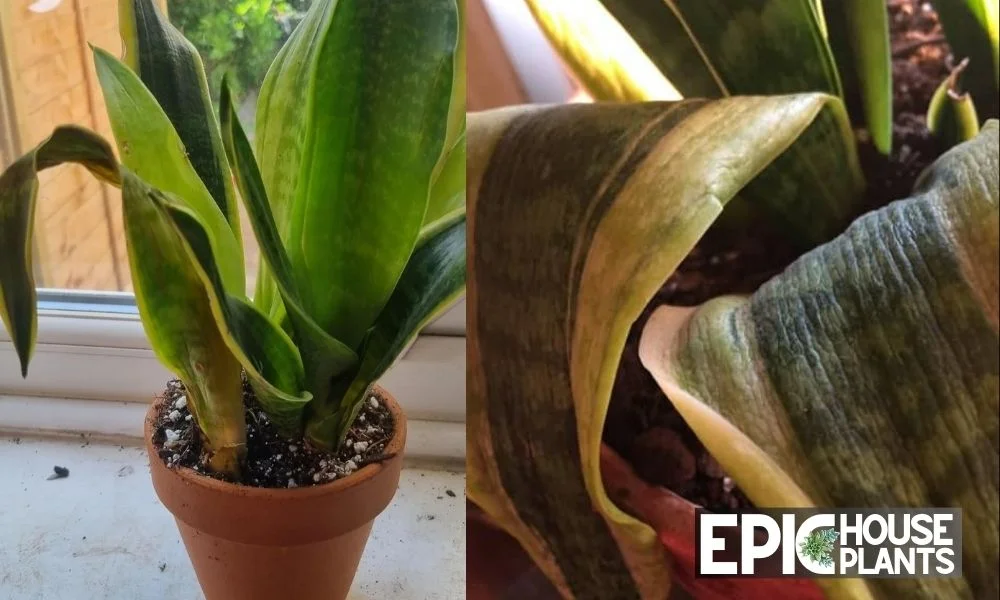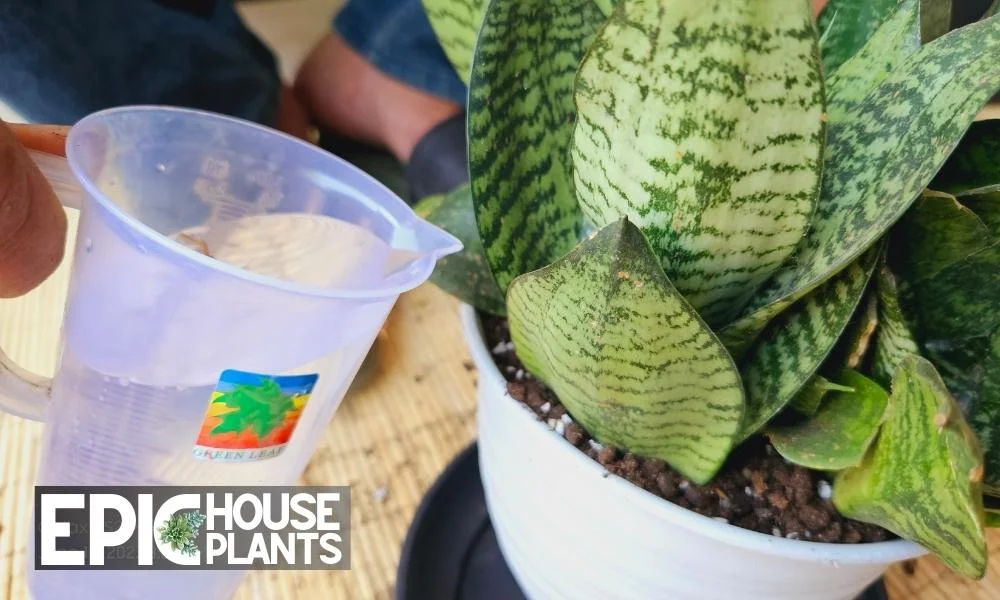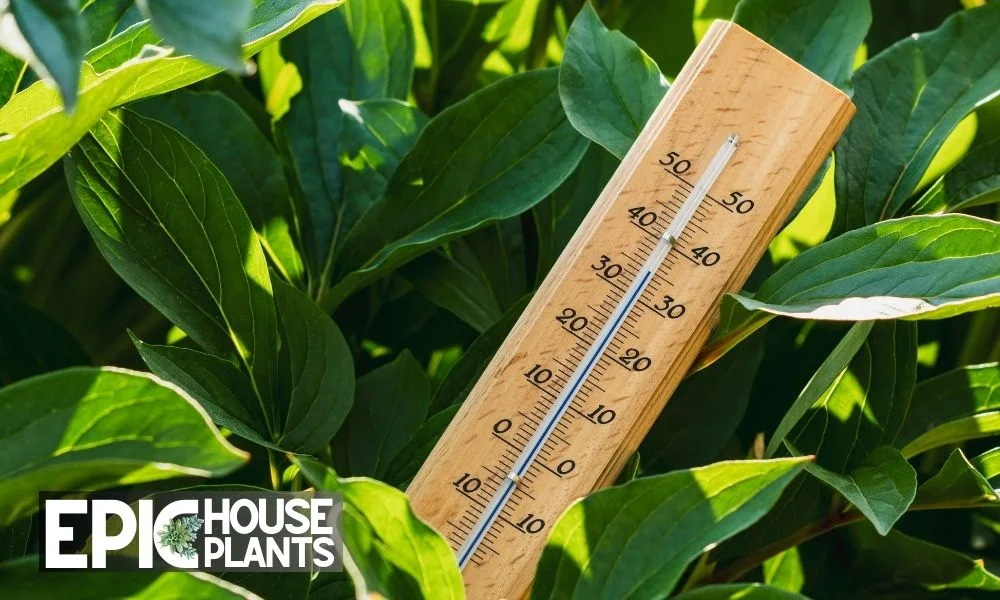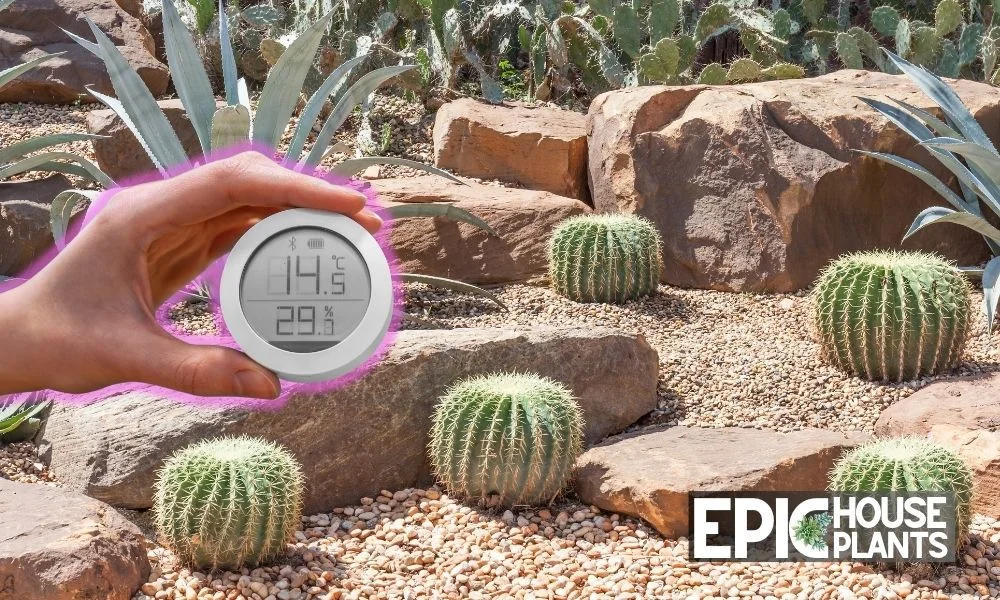As a fellow houseplant enthusiast, I understand how worrisome it can be when your beloved snake plant starts showing signs of distress, such as mushy leaves.
In this guide, I’ll walk you through how to identify, understand, fix, and prevent this problem so you can have a healthy, vibrant snake plant at home.

Snake Plant Mushy Leaves – A Breakdown
If you’ve been nurturing a Snake Plant (also known as Sansevieria or Mother-in-Law’s Tongue), and one day you notice that the firm, upright leaves have gone soft, mushy, and soggy, it’s definitely a sign that something’s not right.
You see, the thing is, this issue is not as superficial as it appears; the problem often starts deeper down, right at the roots. Yes, you heard me right! Damage to the roots can cause your Snake Plant’s leaves to become mushy. Here’s how:
Root damage: Damaged roots are unable to absorb nutrients and water from the soil properly. The root system is the ‘life-line’ of any plant, feeding nutrients and water up into the stems and leaves.
Inhibited nutrient supply: When the roots are compromised, the nutrient and water supply to the leaves is inhibited. Just imagine how you’d feel if your food and water were cut off – pretty weak and lifeless, right? It’s the same with plants.
Dying leaf cells: With a restricted nutrient supply, the cells of the leaves can’t function as they should. Gradually, these cells start dying, and this is when you notice your Snake Plant’s leaves becoming mushy.
Visible symptoms: The signs of this are typically soft, saggy leaves that may even begin to yellow or brown. In severe cases, the plant’s growth can be stunted, and it may fail to produce new leaves.
But remember, damaged or unhealthy roots are not the only cause for your Snake Plant’s leaves turning mushy. There are other factors to consider too.
The Sneaky Causes of Mushy Snake Plant Leaves
If you’re wondering, “But I take good care of my plant, why are the leaves still mushy?”, I’ve got you covered. Root damage isn’t the only culprit. There are other factors that can cause this issue:
Overwatering: A Common Struggle for Snake Plant Owners

Oh, the dreaded overwatering! I’ve experienced this too often. It’s a common snake plant owner’s misstep. Can you believe it, too much love can harm your plant?
When overwatering happens, the roots suffocate, they gasp for breath! They need those tiny pockets of oxygen in the dry soil. If this continues, the roots start decomposing – a plant nightmare! The aftermath?
Fungi and bacteria feast on the root’s tissue, causing extensive damage. Eventually, the roots can’t absorb nutrients, starving the leaves.
Treating Overwatered Snake Plants
You might be wondering, “So what can I do?” Don’t worry, I’ve got you covered. Here are some steps to treat overwatering:
- Start by gently removing your Snake Plant from its pot.
- Now, it’s detective time! Examine the roots closely for signs of fungal infection, which often causes root rot.
- Any affected roots? Don’t panic. Just grab some sterile pruning shears and carefully cut them off.
- After that, a dab of hydrogen peroxide on the roots can help prevent future fungal attacks.
- Finally, it’s repotting time! Use some fresh soil for this.
Prevention is Better Than Cure
Remember, the key to a healthy snake plant is well-draining soil and watering only when the soil is completely dry.
If you’re interested in learning more about my struggles with overwatering, you might want to check this article: How to Fix an Overwatered Snake Plant.
The Wrong Soil Can Spell Disaster

Just like you, your snake plant needs a comfortable home – and that’s a light, airy potting mix. However, excessive peat moss or coconut choir might turn the soil into a water reservoir. No plant wants to live in a swamp, and snake plants are no exception!
But, you can rescue your plant! Fresh, well-draining soil is the key. And let me tell you a secret – adding some coarse sand and perlite can improve your soil’s drainage capacity.
Getting Rid of Inappropriate Soil
If you find that your soil is too damp for your snake plant, it might be time to repot. Use a fresh, well-draining potting mix to give your plant a fresh start.
Proactive Measures Save Plants
Boost the soil’s drainage by adding coarse sand and perlite. This small step can make a big difference in preventing soil-related issues with your snake plant.
💡Also Read: Want the secret recipe for the perfect snake plant soil? Follow this guide on 7 Best Soil for Snake Plant + Make Your Own Soil Potting Mix.
Temperature Shock: An Unexpected Snake Plant Menace

You might not believe this, but snake plants have a comfort zone too, just like us! They like their temperature steady, between 55 and 90 degrees. But sudden changes? They say a big ‘No’ to that! Shocking them with extreme temperature swings can leave their leaves mushy.
Treating Plants Shocked by Temperature
Here’s a tip, if you’re transitioning them from indoors to outdoors, or vice versa, do it gradually. Keep them away from direct heat or icy drafts. And if the leaves turn mushy? Prune them away to prevent further rot.
For those in colder climes, check out this guide on Can Snake Plants Survive Outside In Winter?
Avoiding the Shock
To prevent temperature shock, keep your plant away from heating vents and air conditioners. Shield your plant from cold drafts in the winter and excessive sunlight when outside.
Bacteria and Fungal Infections: The Invisible Threat

When it comes to snake plants, bacteria and fungi can be pretty sneaky attackers. Infected gardening shears, unsterilized pots, or even an infected neighbor plant can all introduce harmful organisms to your snake plant. Before you know it, you might see those dreaded mushy leaves!
Treating & Preventing Infected Snake Plants
Here are my go-to steps to deal with this situation:
- First, remove the mushy leaves using sterile pruning shears.
- Apply fungicide to tackle the spread of the fungus. I prefer to use neem oil; it works wonders!
- Prevention, again, is crucial. Regular spraying with neem oil (about once a month) can keep these tiny threats at bay.
The Trouble with Humidity: More Isn’t Always Merrier

I’ve found that apart from overwatering, humidity can be a real spoiler for snake plants. They prefer it relatively dry, ideally between 35% to 45%. Excess dampness on their leaves can lead to rot and mushiness.
Handling High Humidity
If this happens, the treatment is straightforward:
- Cut off the mushy leaves with a sterile pruner. It’s like giving your plant a haircut, but with more at stake!
- To prevent this, ensure your snake plant is in a well-ventilated area with good air circulation.
- A crucial tip: avoid spraying mists on your snake plant. They keep their leaves moist enough!
Preventing Humidity Damage
Ensure your snake plant is in a well-ventilated area with good air circulation. Avoid misting your snake plant as its leaves naturally retain moisture.
💡Also Read: If you’re curious about the growth rate of snake plants under ideal conditions, our post on How Fast Do Snake Plants Grow? provides great insights.
Final Words
No journey is without its bumps, and caring for your snake plant is no exception. But remember, every leaf that turns mushy teaches you something.
In time, you’ll learn to decipher what your snake plant needs, almost as if it’s whispering to you. Keep experimenting, keep learning, and most importantly, keep growing.
With each challenge overcome, you’ll not only help your snake plant thrive but grow as a plant parent too. Here’s to many more green adventures together!
FAQs
I just noticed a mushy leaf on my snake plant, what should I do? First, remove the mushy leaf using sterile pruning shears to prevent the issue from spreading. Then, identify the root cause and take the necessary steps to address it.
Can snake plants recover from bacterial or fungal infections? Yes, they can. Once you’ve removed the affected leaves, apply a fungicide like neem oil. Regular preventive measures can also help keep your plant healthy.
Can a snake plant survive in high humidity? Snake plants prefer humidity levels between 35% and 45%. High humidity can lead to damp leaves, which might cause them to rot and turn mushy.
Author

Pudji Haryanto
Pudji Haryanto is a writer and urban farmer with a passion for cultivating plants. He has over 15 years of experience in agriculture and currently manages a 65,000 square foot rice-field and yard filled with various plants, including vegetables, spices, flowers, and garden plants.
